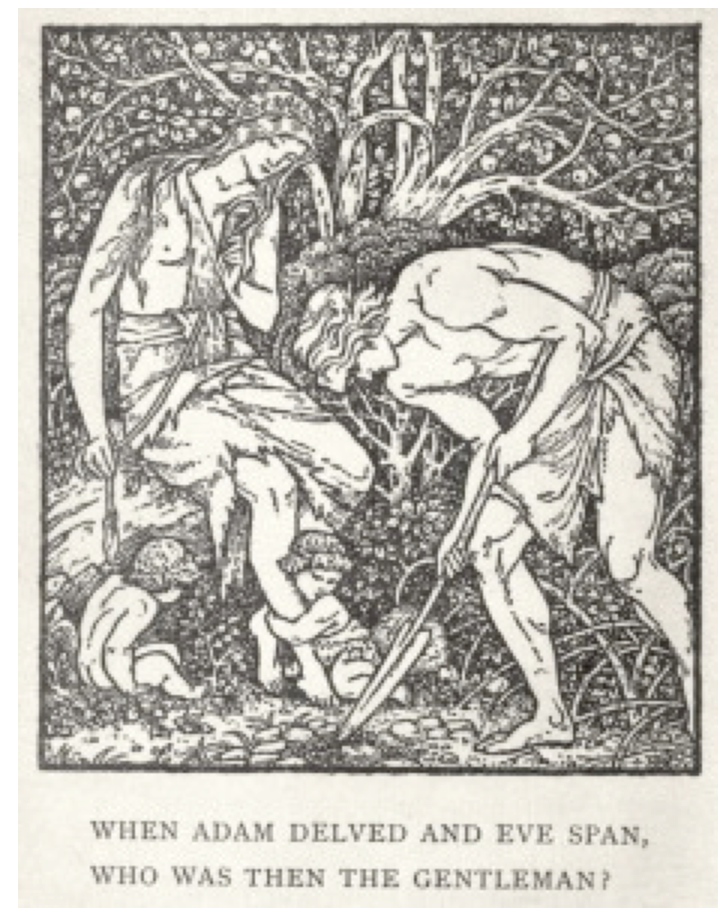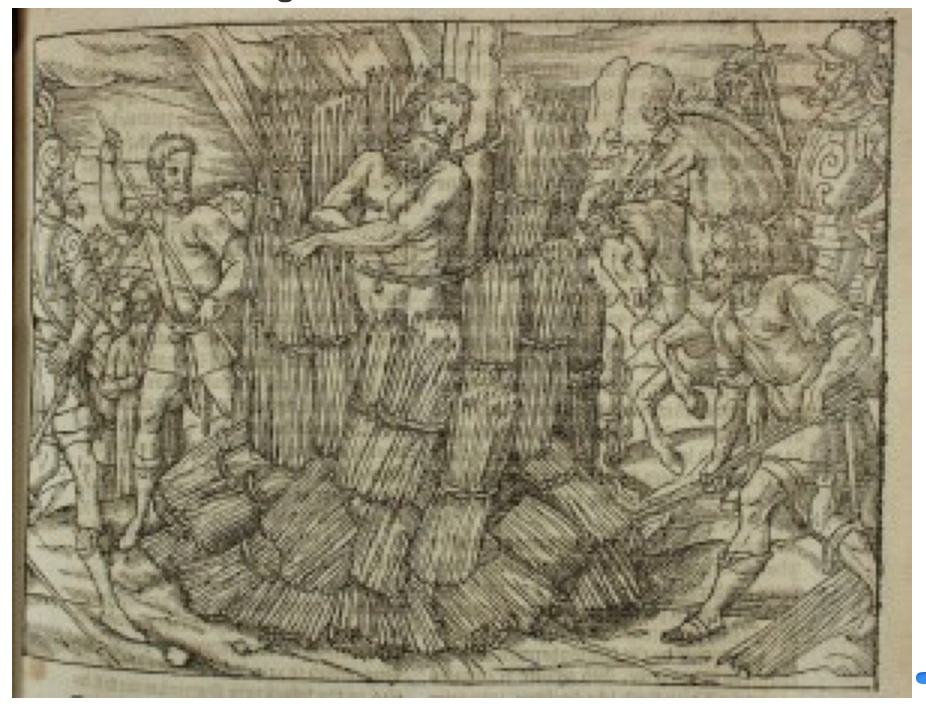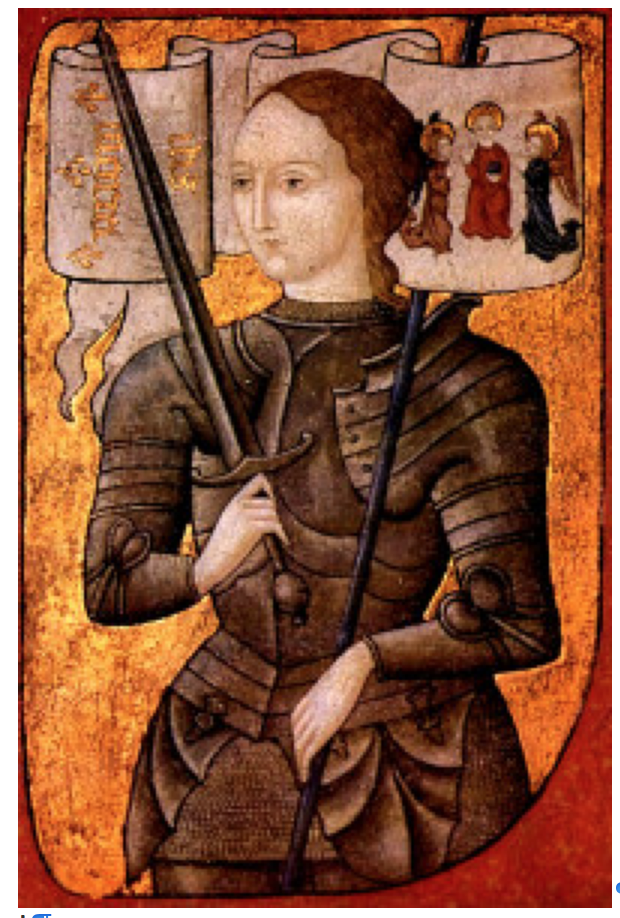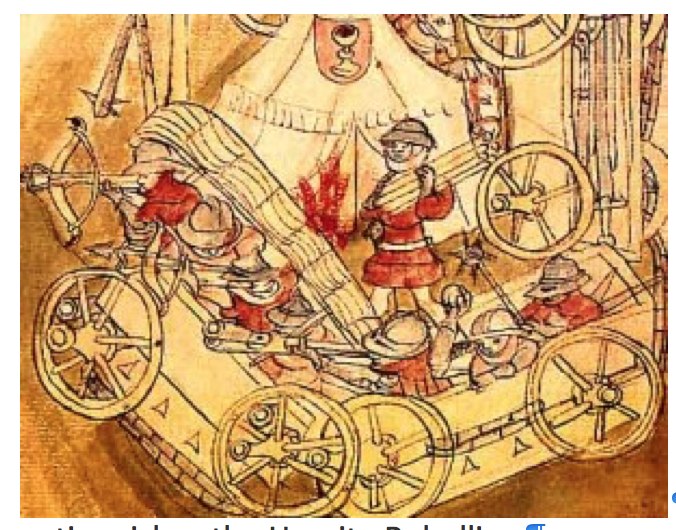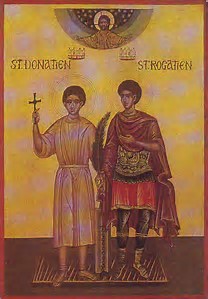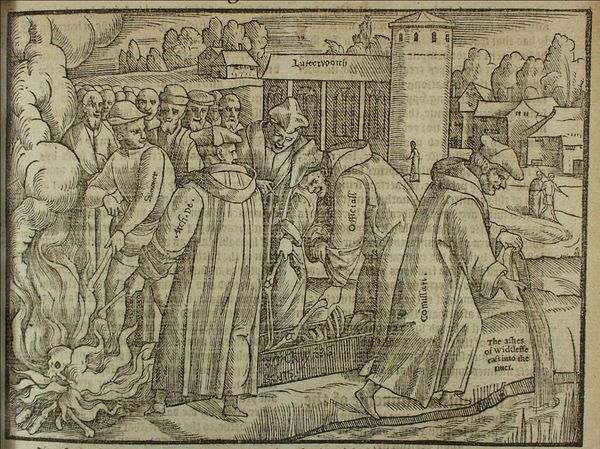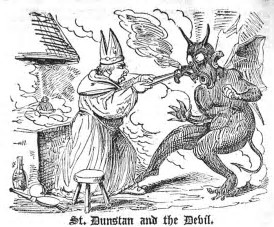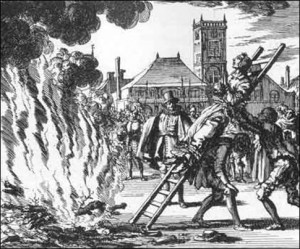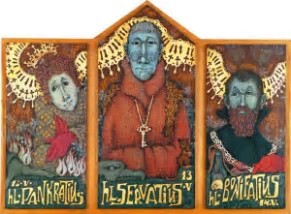
1992
Pagans burn the Fantoft stave church
One of Christianity’s most beautiful and unique form of architecture is the stave church, a genre developed in medieval Scandinavia. Hundreds of these wooden structures were created starting about a thousand years ago but few of them now remain. Those that do, or those replicas built in admiration of the original style, are tourist attractions, drawing visitors for their intricate carvings and for the sense they convey of a bygone world. (How many of today’s churches, for example, have a little shed where worshippers may stow their swords?)
In 1992 a young Norwegian man attached to the local pagan black metal cult set fire to the Fantoft stave church outside of Bergen. Built around 1150 the church was destroyed as an act of revenge for Christianity’s success in converting Scandinavia during the Viking era. Said the arsonist (later convicted of murder), “For each devastated graveyard, one heathen grave is avenged, for each ten churches burnt to ashes, one heathen hof is avenged, for each ten priests or freemasons assassinated, one heathen is avenged.” Over the next four years there were some fifty church arsons in Norway connected to this strange Nazi-worshipping, murderous cult.


